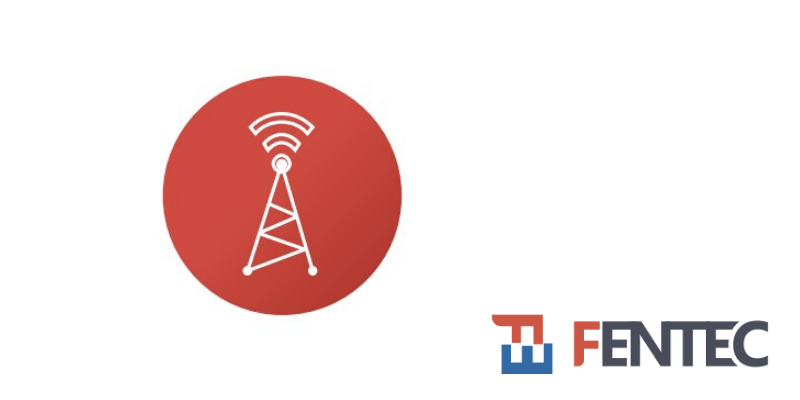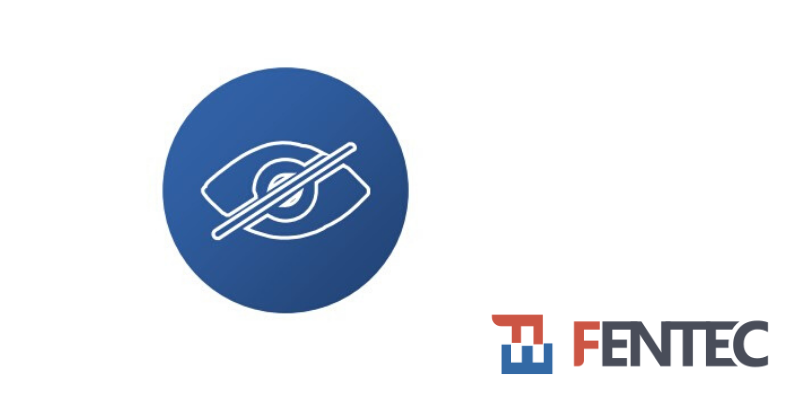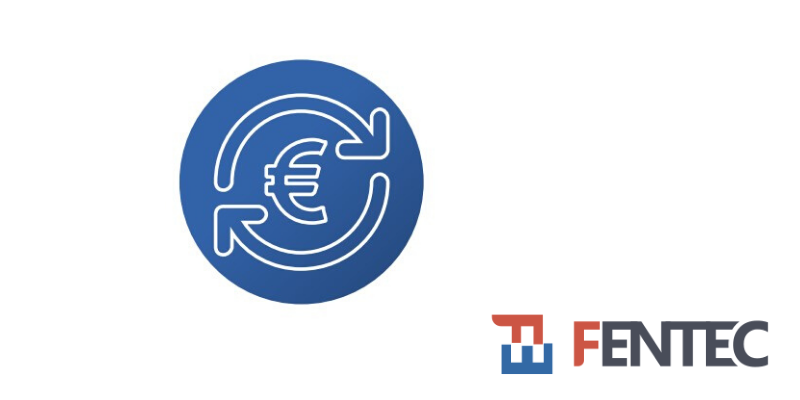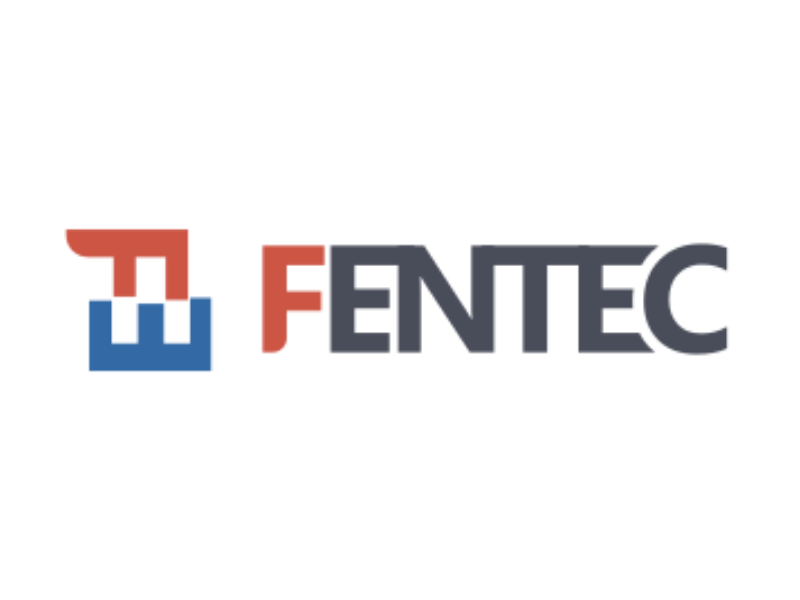
22-18 May 2020: FENTEC

Privacy-Preserving Statistical Analysis
1) Who are your main users?
- Wallix will be the first beneficiary since there is an in-house project which would benefit.
- Wallix use case wishes to offer this technology as a service to DataPeps clients.
2) What cybersecurity/privacy challenges do your solutions address?
The new DSum protocol has now been implemented and integrated into the framework. This protocol is efficient for any size of data unlike the original DMCFE protocol which requires a discrete logarithm to access the result. Unfortunately, the DSum protocol is much heavier in communications so as part of the performance evaluation we will need to quantify the conditions under which each protocol is appropriate.
3) How do your solutions improve the lives of your users?
The use case aims to enable Wallix clients to be able to perform analytics about their clients’ data while providing guarantees as to the privacy of those data.
Privacy-preserving and auditable Digital Currency
1) Who are your main users?
- Bank and Financial Service Providers.
- Public administrations.
- Merchants.
2) What cybersecurity/privacy challenges do your solutions address?
The biggest challenge here is to achieve the integration of KP_ABE into the payment process without leaking any information to the exchange which let to link payment with a wallet.
3) How do your solutions improve the lives of your users?
The use case will demonstrate how a digital coin with a proper level of privacy could benefit society from different perspectives:
- End-users would be able to perform transactions without exposing their private information to banks and the government.
- Public administrations could use the tool to tax business and users, reducing the underground economy.
- Merchants would have a cost-effective tool to enable digital micropayments.
Motion Detection and Local Decision Making
1) Who are your main users?
- Security camera systems that have strict confidentiality and privacy requirements.
- IOT systems in general, whenever an edge device must send encrypted data through a complex network architecture to a backend, through gateways that could react to the said data, depending on its content.
2) What cybersecurity/privacy challenges do your solutions address?
- The video processing is CPU intensive and the data Kudelski Security have to process is larger than expected even for a simple video file. Adding the layer of Functional ENcryption on top of it might very well degrade the performance even further.
- Furthermore, small objects are more difficult to detect using a naïve motion detection approach and might require further tuning of the motion detection algorithm.
3) How do your solutions improve the lives of your users?
Functional ENcryption enables us to overcome the all-or-nothing nature of end-to-end encryption and let us empower the gateways to perform local decision making without leaking more data than strictly necessary for the said decision-making to take place. We specifically target a practical case where we want to detect motion at the gateway level on an encrypted video stream coming from security cameras.
Check out Products from FENTEC and ask for a quote or information
Products
Motion Detection and Local Decision Making
In complex IOT systems, nowadays it is often the case that we might have requirements that require end-to-end encryption between an edge device and a backend system.
Privacy-Preserving Statistical Analysis
This FENTEC use case addresses the privacy-preserving computation of data analytics, focusing on the computation of statistics over large usage data.
Privacy-preserving and auditable Digital Currency
This FENTEC use-case provides a digital-based currency as a one-to-one counterpart to physical money or issued by debit and credit cards.
Find out more about FENTEC
FENTEC
FENTEC is a Research and Innovation Action whose mission is to make the functional encryption paradigm ready for a widerange of applications, integrating it in ICT technologies as naturally as classical encryption. The primary objective is the efficient and application-oriented development of functional encryption systems. with an adequate challenge of expressiveness-expressiveness-expressiveness-compensation.
Resources for EU Research
Resources for SMEs
News & Events
Reports
Cyberwatching.eu has received funding from the European Union’s Horizon 2020 research and innovation programme under grant agreement No 740129. The content of this website does not represent the opinion of the European Commission, and the European Commission is not responsible for any use that might be made of such content. Privacy Policy | Disclaimer / Terms and Conditions of Use




